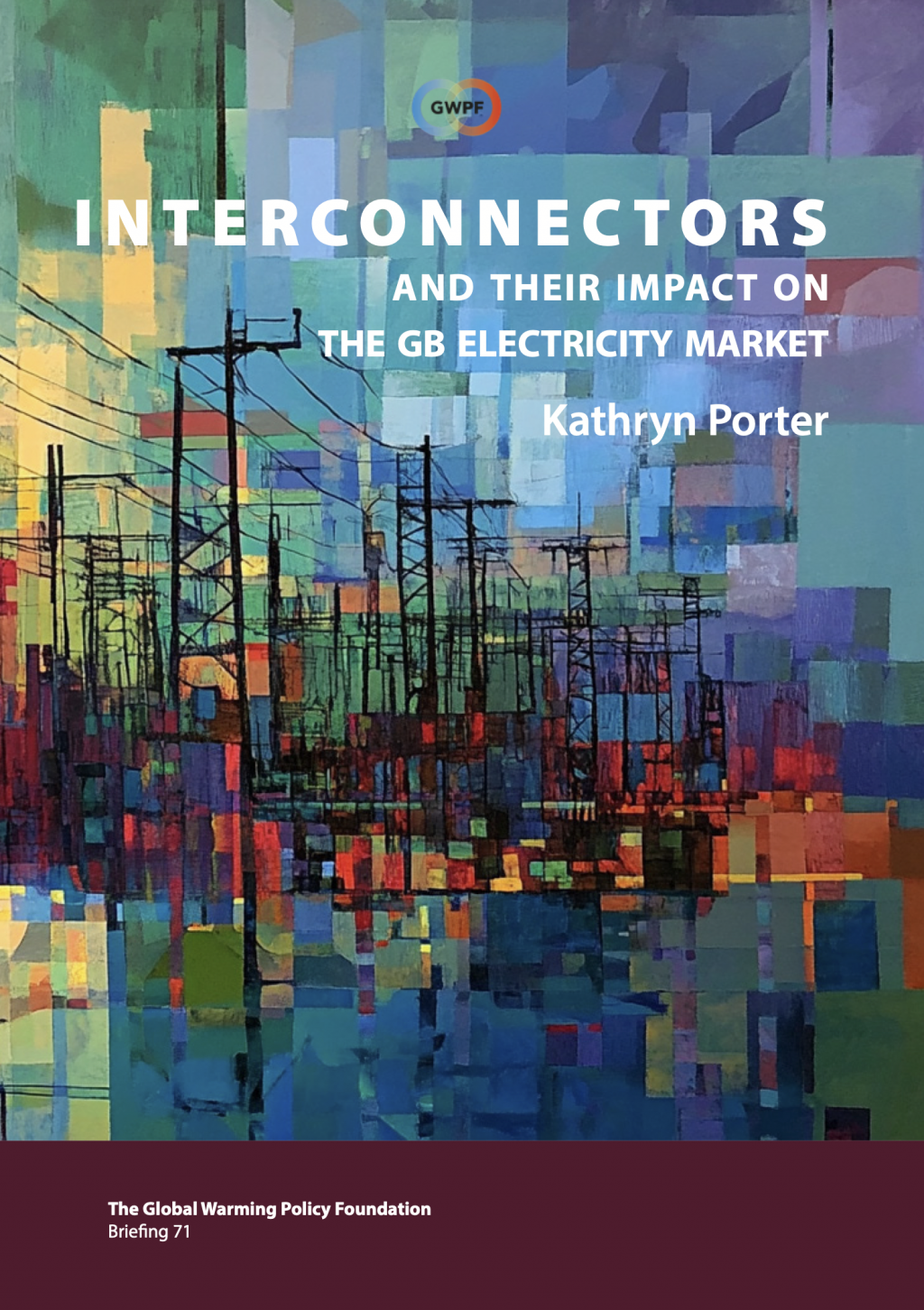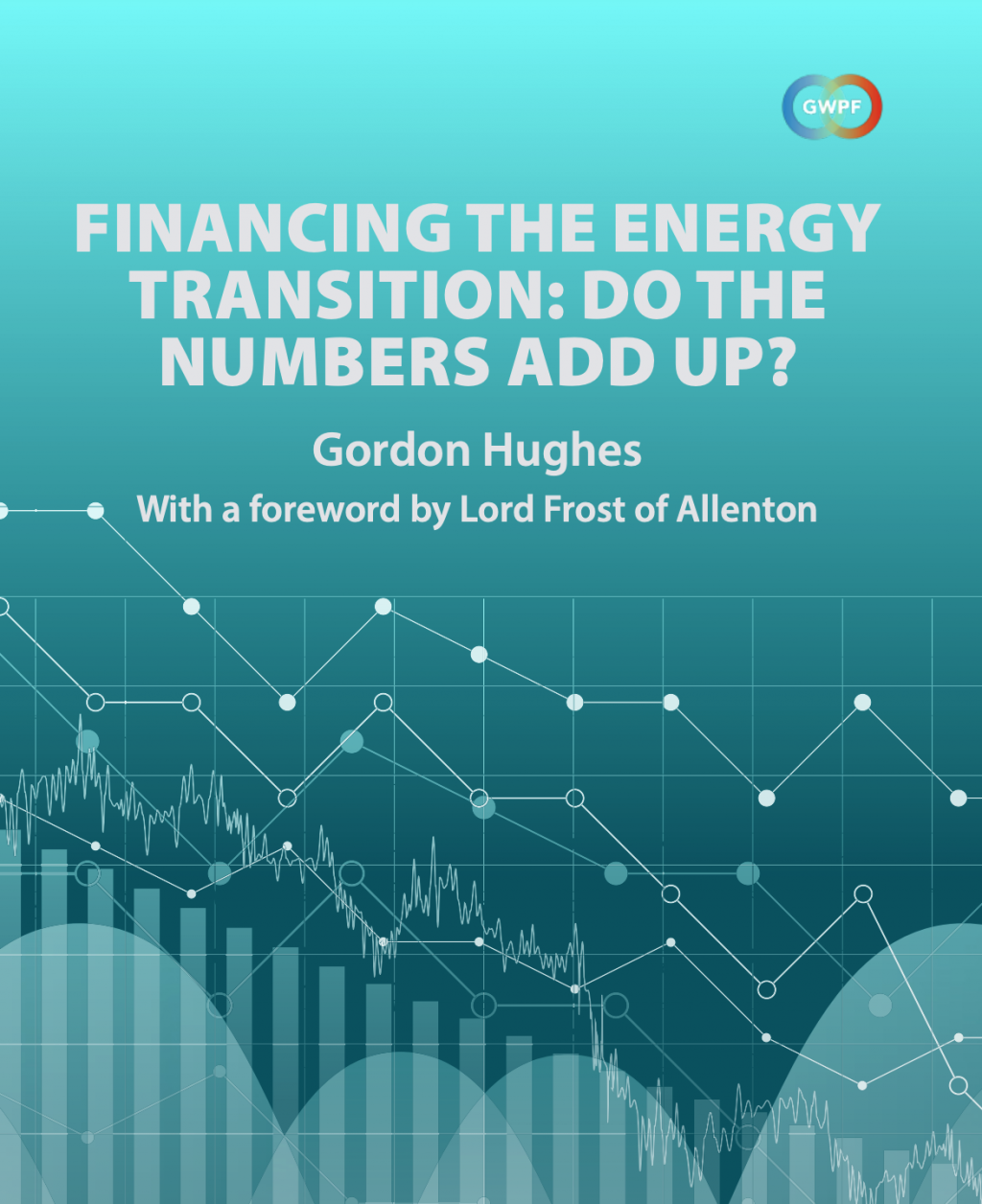Spin put on the government’s recently announced strike prices to three large offshore wind farms has misled many into thinking that the offshore wind costs are falling.
However, no actual capital cost figures have been provided for the three windfarms (Hornsea, Moray East, or Triton Knoll), and the strike prices are a poor guide to underlying costs.
In fact, empirical CAPEX data collated for the first time in a new statistical study published today by GWPF shows that the capital costs for offshore wind remain high. Moreover, as the wind industry moves into deeper water, costs are actually rising offsetting any reduction in costs due to technical progress.
The study’s authors conclude that wind farm companies are probably willing to offer economically non-viable CfD prices because they regard the CfD contract as low cost, no penalty “option” for future development. At the same time, they are securing a market position and inhibiting competition, with actual wind farm construction conditional on obtaining more generous terms in the future.
Should the market price rise above the contracted price, because of rising fossil fuel costs or a further rise in the UK’s carbon tax, companies would simply cancel the CfD contract and go with the higher price. However, if there is no significant probability of that elevated market price, these sites are very unlikely to be built.
Professor Gordon Hughes, the paper’s lead author, said:
Contrary to gullible media exaggerations, capital costs for offshore wind have not fallen, and the sites are not economic at the recently announced prices. The developers are just gambling on the small chance of very high fossil fuel prices in the near future, or more likely on a high carbon price.”
Professor Hughes added:
The low CfD prices offered in the auction are just a normal albeit very risky business speculation. They certainly are not the dawn of a new age for offshore wind.”


